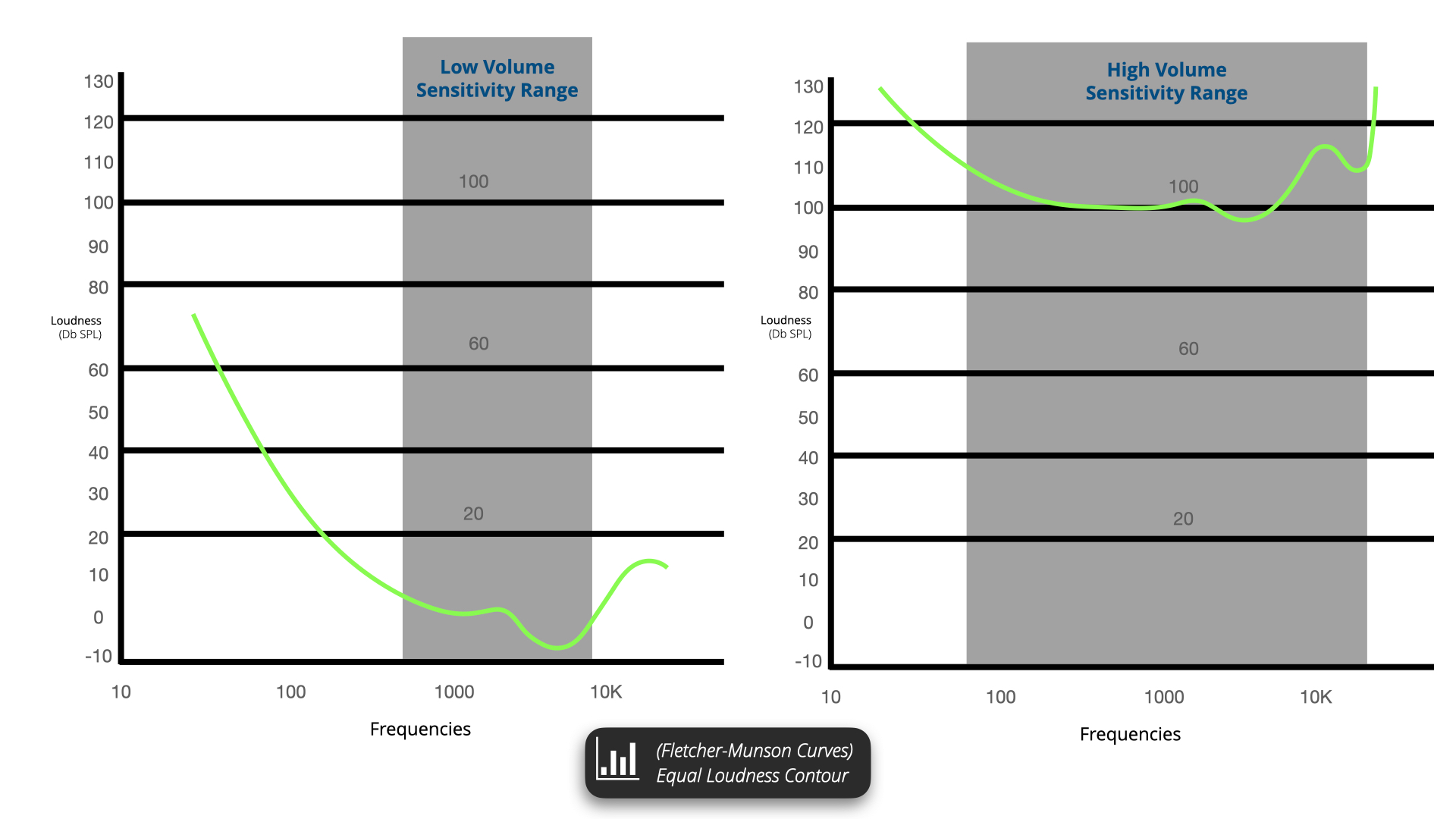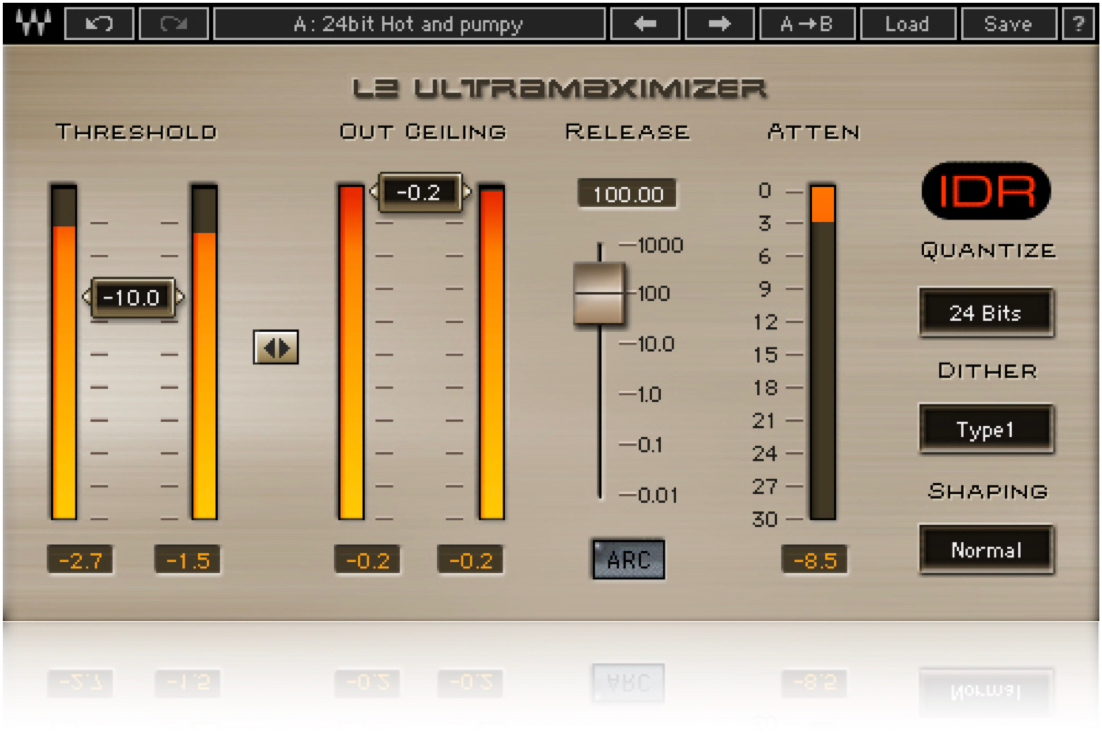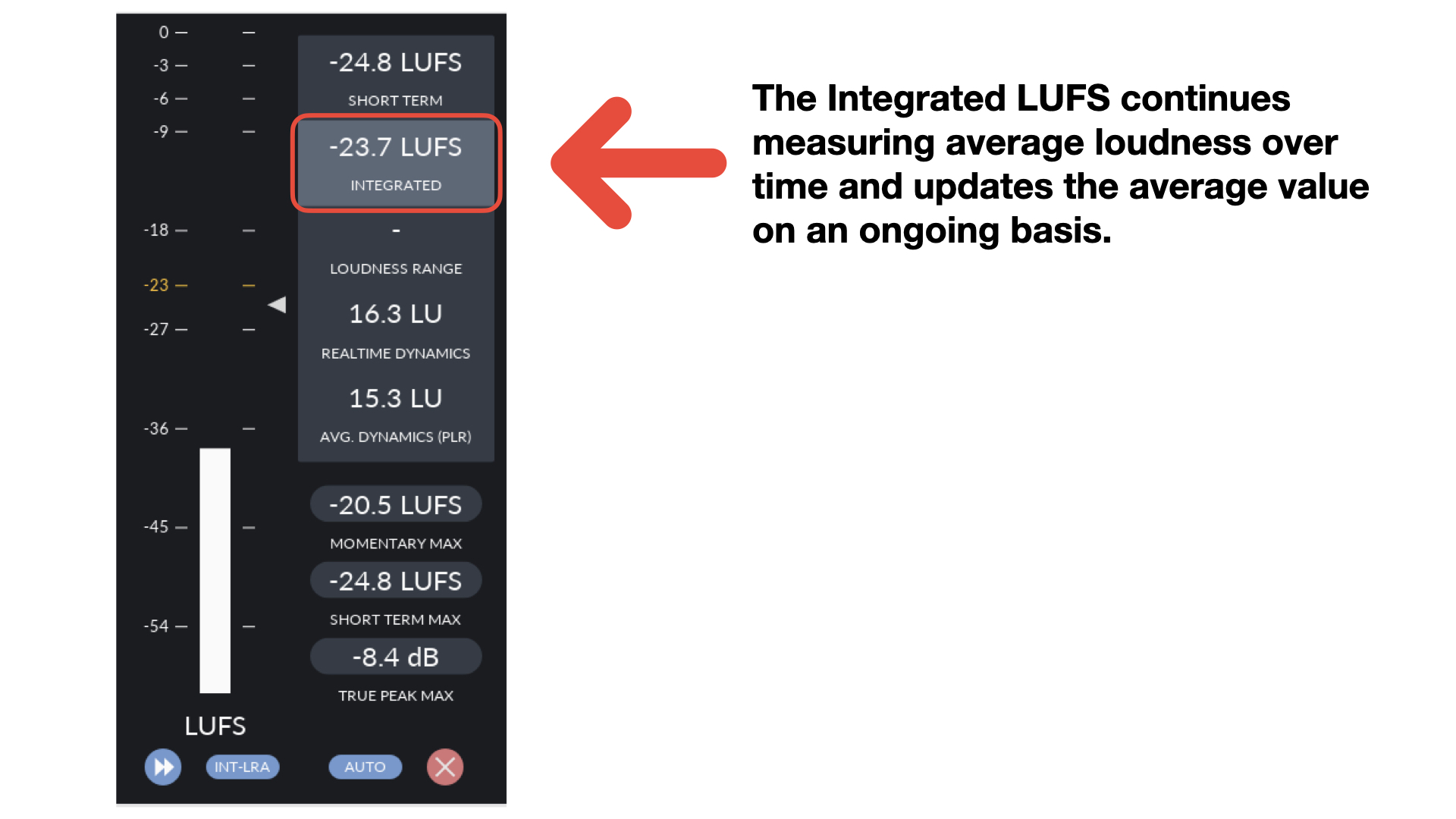Voice-Over Mastering & Loudness
Jan 18, 2022What Is Voice-Over Mastering?
The last stage of Voice-Over processing is called Mastering, and it is all about loudness. The process of Mastering, in terms of voice-over production, is used to make your voice-overs loud without distorting. The mastering process is necessary to meet loudness standards or loudness requests from a client. Additionally, it can give you a massive advantage if you compete against other voice-over talents for a gig.

Mastering Your Voice-Over Gives You A Huge Advantage
The listener always perceives a louder audio file as better than the same recording at a lower level. It sounds better because the human ear is not a linear device. We’re most sensitive to a smaller range of high/mid frequencies at low volumes—our hearing curve changes with increased volume. The louder the audio becomes, the less our “sensitivity differences” between frequencies. The curve flatness out. In other words, as things get louder, we hear the different frequencies more evenly. This change in sensitivity is why music sounds BETTER and more FULL when it’s louder.

How It Works
The processing used on the audio comprises of Limiting (and sometimes a small amount of EQ if necessary), and it's used to achieve an increased level with minimal audible effect. The tone and dynamics processing previously done to the audio is retained, while only the loudness is increased. The output level is raised as you lower the limiter's threshold (also called the gain on some limiters). The Out Ceiling is where you cap the audio and prevent it from going any higher. Normalizing cannot achieve this significant increase in loudness for an audio file.

Measuring To Hit Your Loudness Target Correctly
Most recording software popular with voice-over production comes with a meter. However, a meter that measures integrated LUFS units is required to measure loudness during the mastering process correctly. A LUFS meter measures the average loudness over time, adjusted for human hearing loudness frequency differences described above. An integrated LUFS meter continues measuring average loudness over time, adjusts for human hearing, and updates the average value on an ongoing basis. Loudness requirements are often different for each platform and are usually listed in LUFS units.

Voice-Over Mastering And Loudness Examples
Compare the same unprocessed, processed, and mastered files to hear what Mastering can do.
🔌 Learn more about the L2 Ultramaximizer by Waves
🔌 Learn more about the free Youlean Meter
Disclosure: Some links above are affiliate links to products and services I use and recommend. I may receive a small commission on sales through these links at no additional cost to you. I appreciate your support, as this helps me continue to create content for the channel. As an Amazon Associate, I earn from qualified purchases. There is no additional cost to you.
Get A Demo Of Your Custom-Processed Sound Free
If you're looking to elevate your voice recording quality for podcasts, audiobooks, commercials, or any other project, my custom voice-over processing service is your solution.

